
The Science of Skill Building
The brain is a complex organ with different regions responsible for various cognitive and motor functions. By understanding these regions and their roles, you can strategically train and develop each part to enhance specific skills.
Here’s a breakdown:
Prefrontal Cortex (PFC) –
Thinking, Decision-Making, and Self-Control
- Function: Responsible for reasoning, problem-solving, planning, impulse control, and emotional regulation.
- How to Develop: Solve puzzles, logic games, and brain teasers.
- Engage in strategic thinking (chess, business simulations).
- Practice mindfulness and meditation for self regulation.
- Work on goal-setting and decision-making exercises.
- Learn a new language to enhance executive function.
- Mapped Skills: Critical thinking, leadership, self discipline, adaptability, focus.
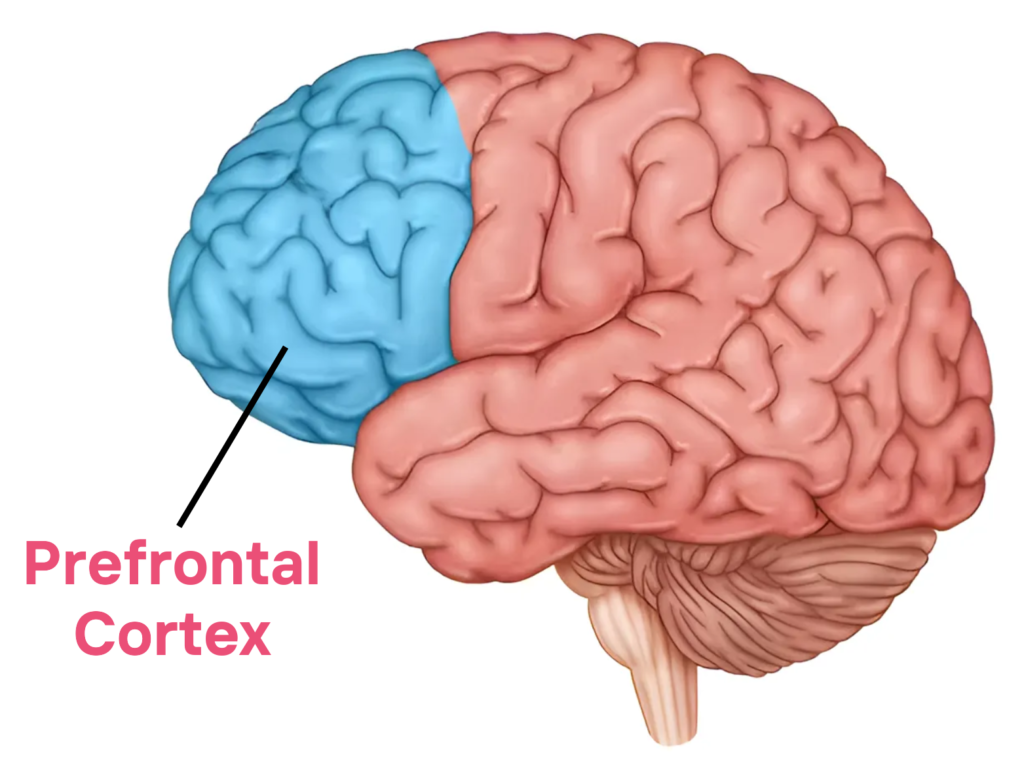
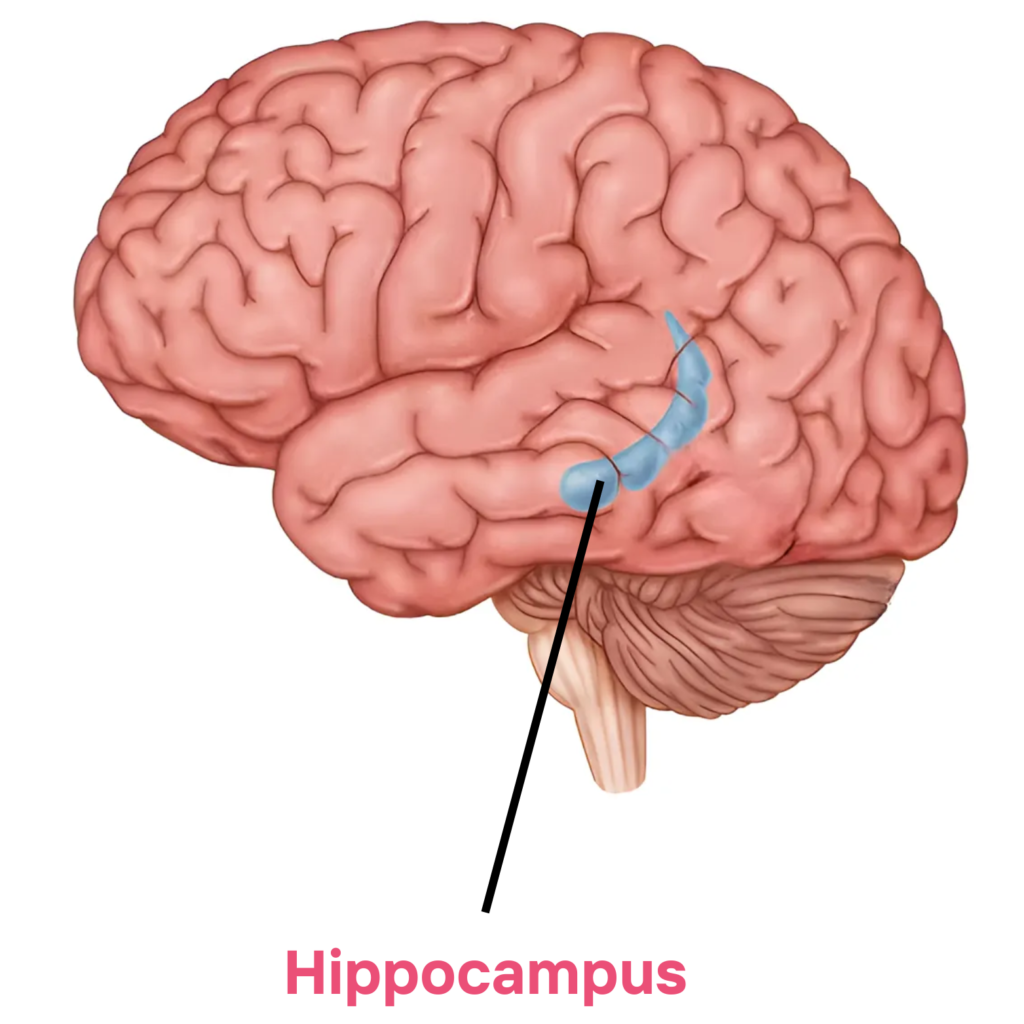
Hippocampus –
Memory and Learning
- Function: Stores and retrieves memories, processes new knowledge.
- How to Develop:
- Use memory techniques (mnemonics, visualization, spaced repetition).
- Read books, learn new facts, and engage in active recall.
- Sleep well—deep sleep consolidates memories.
- Reduce stress, as high cortisol levels harm the hippocampus.
- Physical exercise (especially aerobic) supports neurogenesis.
- Mapped Skills: Learning ability, knowledge retention, creativity, storytelling.
Cerebellum –
Coordination and Motor Skills
- Function: Controls movement, balance, and fine motor skills.
- How to Develop:
- Engage in activities requiring precise movement (playing an instrument, drawing).
- Exercise regularly (sports, yoga, martial arts).
- Practice hand-eye coordination tasks (juggling, video games).
- Mapped Skills: Physical dexterity, athletic ability, craftsmanship, musical ability
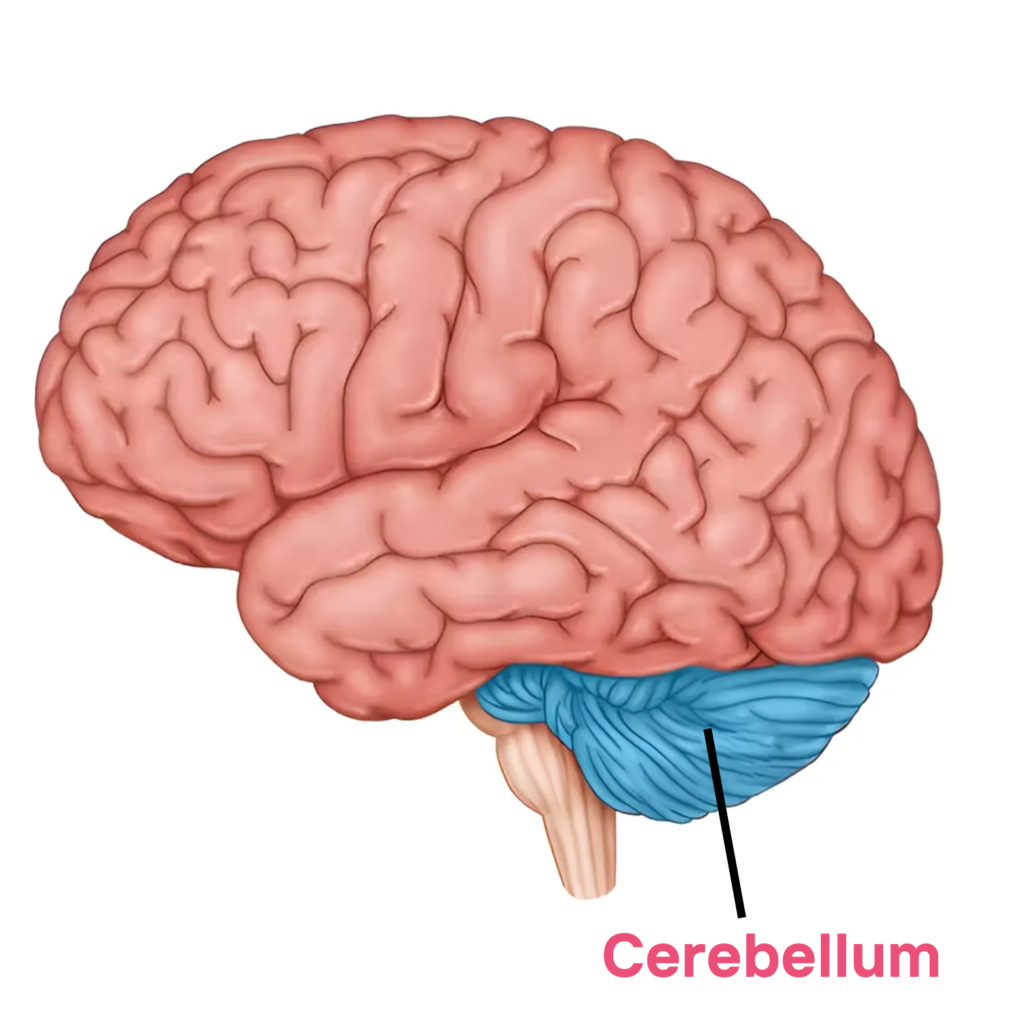
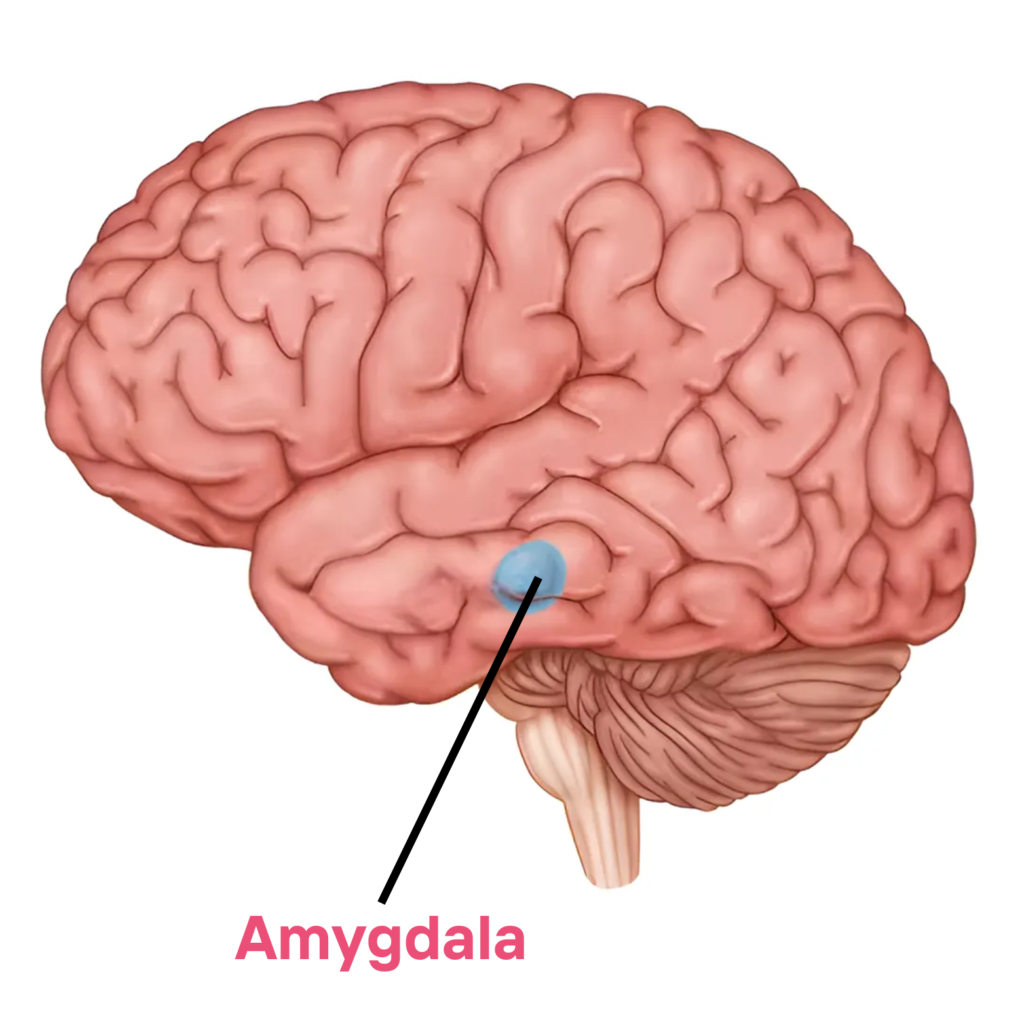
Amygdala –
Emotional Processing and Reactions
- Function: Processes emotions, fear, and motivation.
- How to Develop:
- Practice emotional intelligence exercises (journaling, self-reflection).
- Engage in deep conversations and social interactions.
- Expose yourself to controlled challenges to build emotional resilience.
- Learn techniques for emotional regulation (CBT, meditation, breathing exercises).
- Mapped Skills: Leadership, communication, social intelligence, stress management
Parietal Lobe –
Spatial Awareness and Mathematical Ability
- Function: Processes spatial orientation, mathematical thinking, and problem-solving.
- How to Develop:
- Play spatial reasoning games (Tetris, Rubik’s cube, 3D Puzzles).
- Engage in math-based activities (mental arithmetic, coding, budgeting).
- Practice visualization exercises (imagine rotating 3D objects).
- Try activities like drawing, architecture, or playing with LEGO.
- Mapped Skills: Engineering, navigation, logic, spatial intelligence.
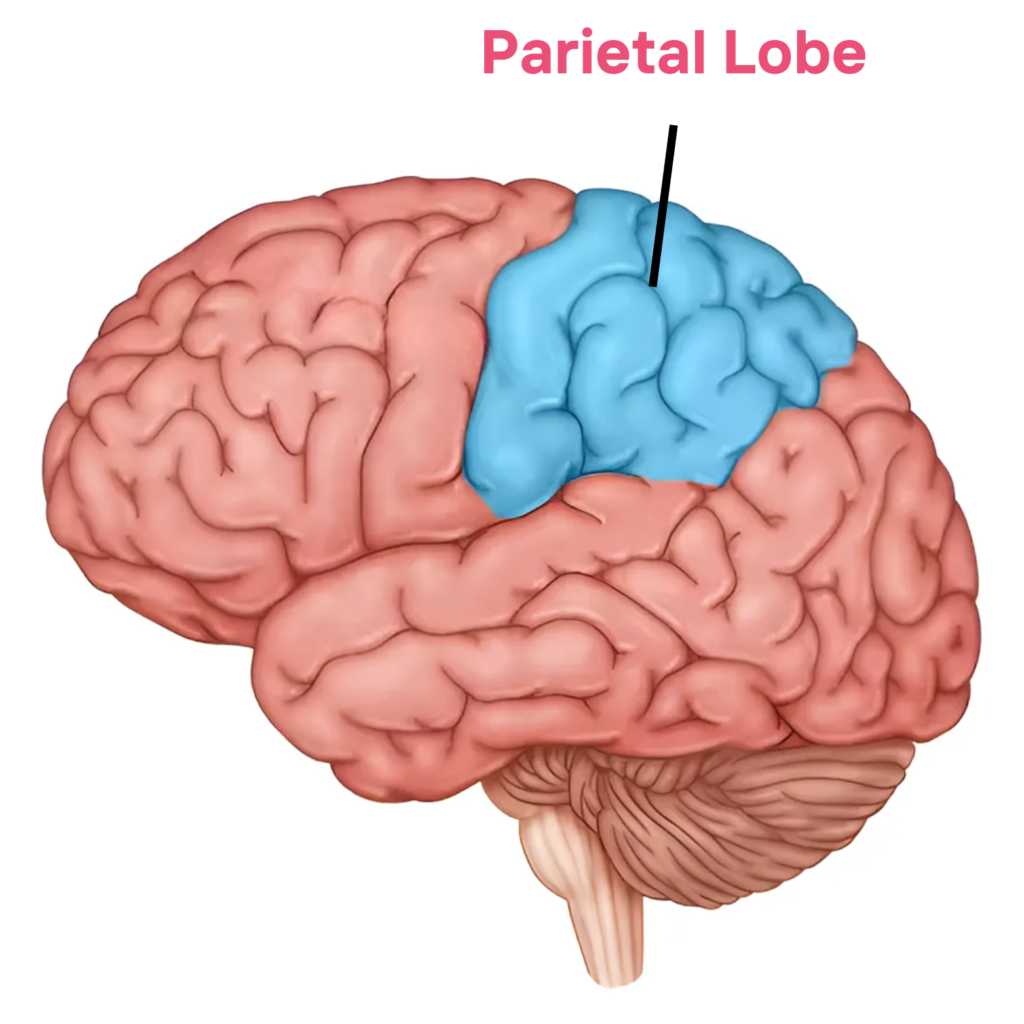
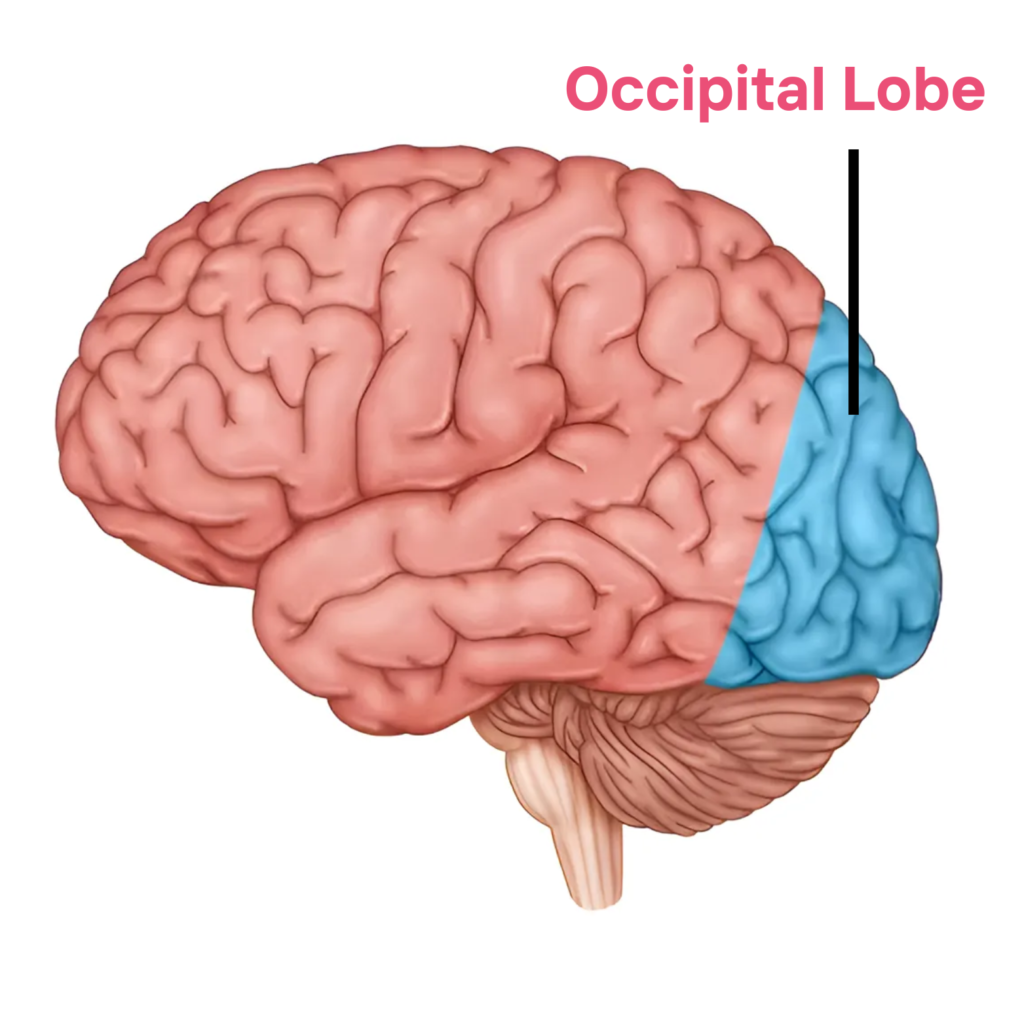
Occipital Lobe –
Visual Processing and Creativity
- Function: Processes visual information, shapes, colors, and motion.
- How to Develop:
- Engage in visual arts (painting, photography, graphic design).
- Practice visualization exercises (imagining complex scenes).
- Learn speed reading or visualization memory techniques.
- Play video games that require fast visual processing.
- Mapped Skills: Art, photography, design, reading comprehension.
Temporal Lobe –
Language and Sound Processing
- Function: Processes sounds, speech, and auditory information.
- How to Develop:
- Learn a new language to improve auditory and speech processing.
- Listen to and analyze different types of music.
- Engage in storytelling or podcasting.
- Improve pronunciation and listening skills through active listening exercises.
- Mapped Skills: Linguistics, music, communication, public speaking.
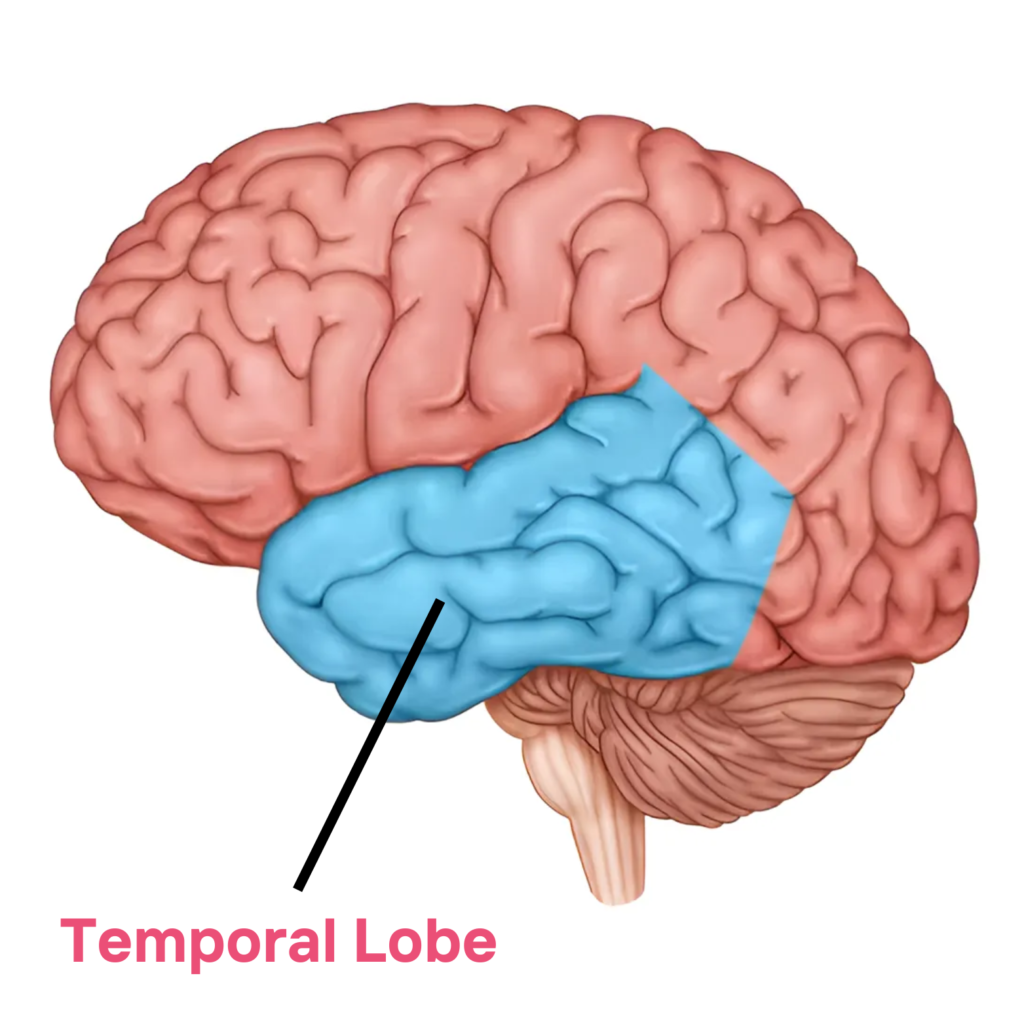
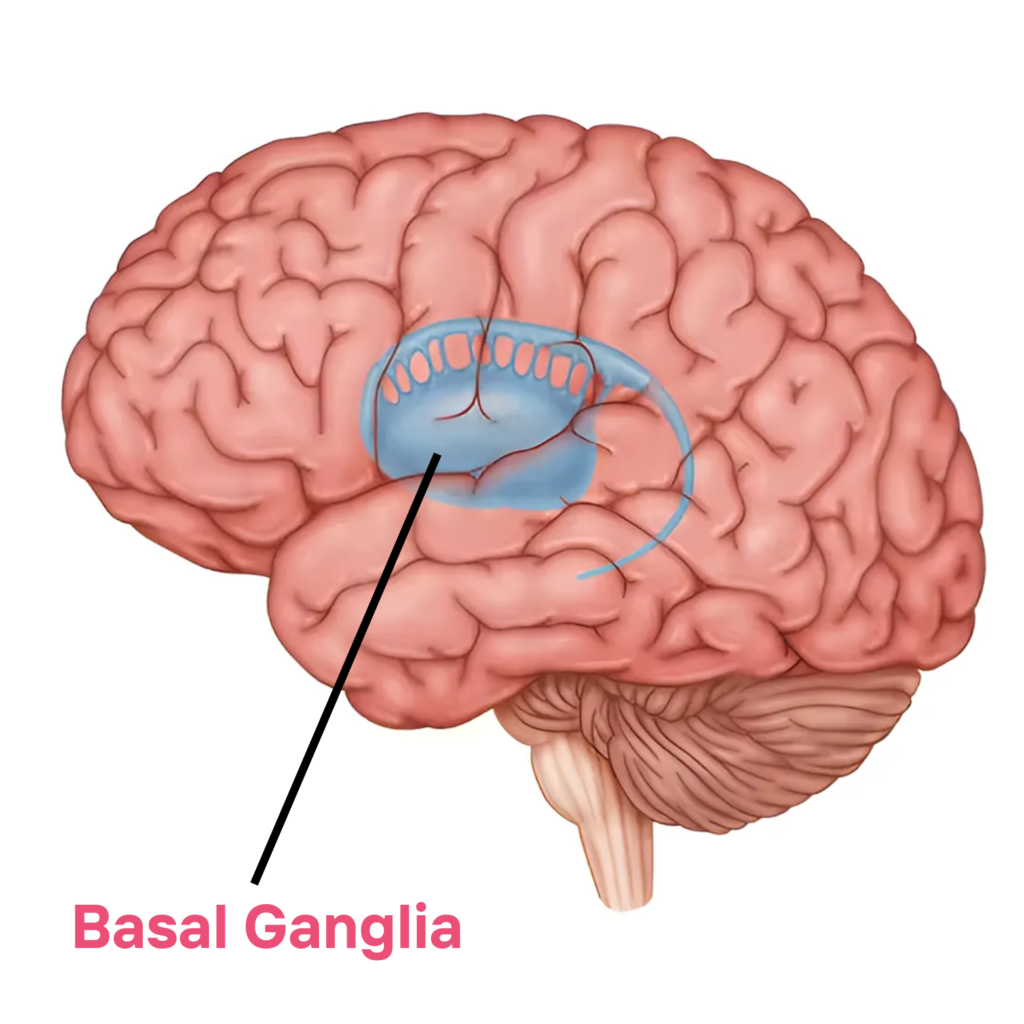
Basal Ganglia –
Habit Formation and Motor Control
- Function: Controls habits, routines, and voluntary movement.
- How to Develop:
- Establish and reinforce positive habits (habit stacking, consistent routines).
- Train muscle memory with repetitive skill practice.
- Break bad habits by restructuring cues and rewards.
- Practice mindfulness to override automatic behaviors.
- Mapped Skills: Productivity, habit mastery, time management, sports.
Corpus Callosum –
Connecting Brain Hemispheres
- Function: Integrates information between the left (logical) and right (creative) brain.
- How to Develop:
- Engage in activities that require cross-brain communication (playing an instrument, dancing).
- Solve brain puzzles that mix logic and creativity.
- Use both hands for tasks (ambidexterity exercises).
- Learn to write or draw with your non-dominant hand.
- Mapped Skills: Multitasking, balance between logic and creativity, problem-solving.
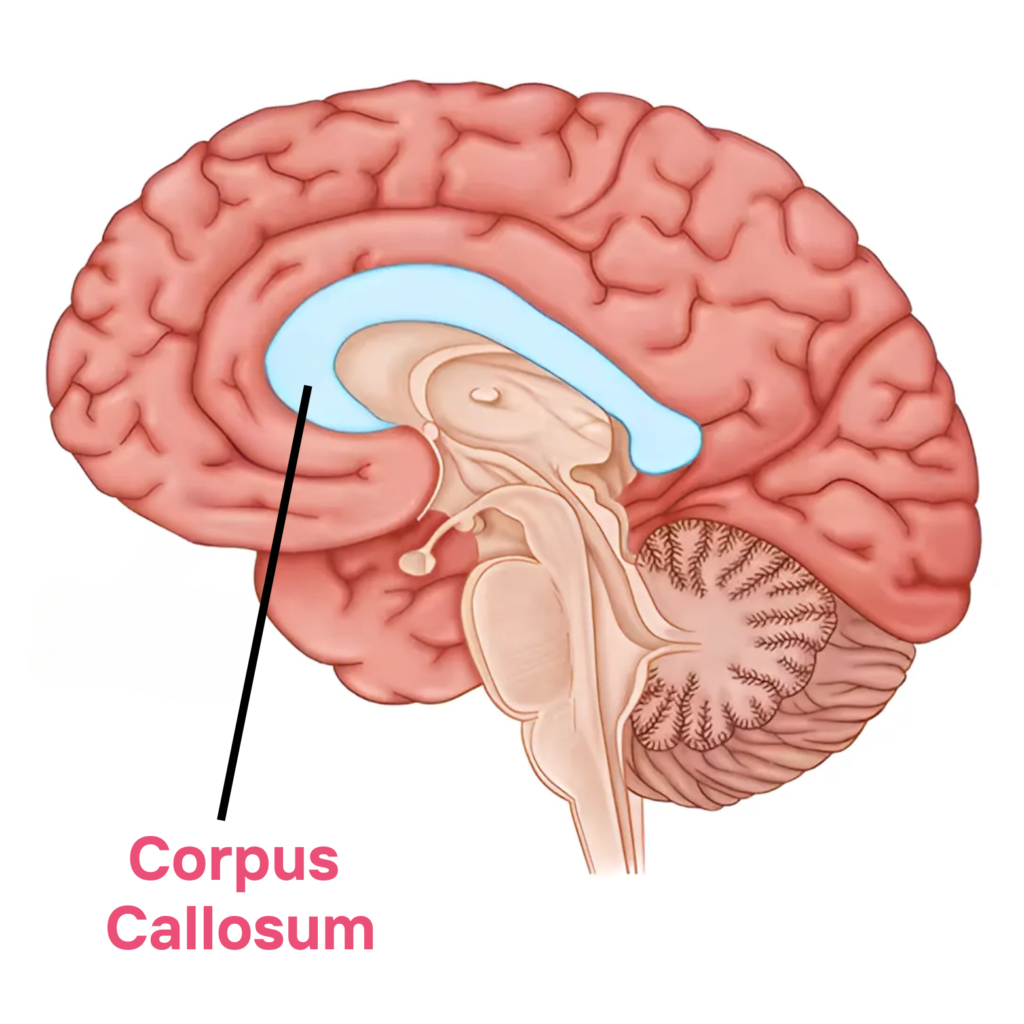
Your brain is a powerhouse waiting to be trained. The more you challenge it, the stronger it becomes. So, keep learning, keep growing, and shape the mind that shapes your future!

